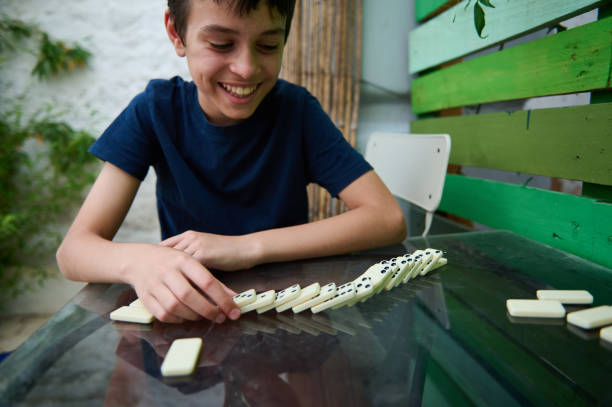
At the heart of every great board game lies a well-crafted set of mechanics—these are the rules and systems that govern how the game is played. Mechanics determine the flow, balance, and overall feel of the game. Whether it's turn-based strategy, resource management, or card drafting, the mechanics shape how players interact with the game world. A great game seamlessly integrates its mechanics into the theme, allowing players to immerse themselves in the experience without feeling bogged down by convoluted rules. The best games find that sweet spot where the mechanics are simple enough to understand quickly but deep enough to keep players engaged over multiple plays.
One of the key factors that separates a good board game from a great one is the balance between luck and skill. Too much luck, and the game can feel like it's all down to chance, which may leave players frustrated. On the other hand, games that are entirely skill-based may intimidate newcomers or those looking for a more relaxed experience. A well-designed game strikes a balance where skill and strategy are crucial, but elements of luck—whether through dice rolls, card draws, or random events—add an unpredictable thrill. This blend of chance and strategy ensures that the game remains exciting and accessible for all types of players.
In great board games, player interaction is often the key to creating memorable experiences. The best games encourage players to engage with each other, whether it's through alliances, negotiations, or direct competition. Take Codenames, for example, where players work together in teams, communicating with limited clues to guess words, or The Resistance, where betrayal and secrecy play a crucial role. These types of interactions not only increase the game’s replay value but also enhance its social aspect. Whether players are forming alliances, bluffing, or outwitting each other, the interaction between participants adds an element of excitement and unpredictability that elevates the game.
A great board game is one that players can enjoy over and over again without it feeling stale. Replayability is a crucial factor in game design, and it's what keeps players coming back. Games with high replay value typically feature modular components or randomized elements, which make each playthrough unique. For example, Settlers of Catan offers different board setups each time you play, ensuring that the game never feels the same. Similarly, Pandemic introduces new challenges with each session, keeping players on their toes. A game that is able to offer a fresh experience each time, through evolving strategies or changing scenarios, becomes more than just a one-time experience—it becomes a staple in your game collection.
A great board game is often more than just a set of rules—it’s an experience. The theme of the game plays a pivotal role in enhancing that experience by immersing players in a different world or scenario. A well-designed game uses its theme not just as decoration but as a fundamental part of the mechanics. In Ticket to Ride, for example, the map and train routes make the game’s theme of building a railway network come to life, while in Gloomhaven, the fantasy setting and storylines integrate seamlessly with the gameplay mechanics. When the theme of a game aligns perfectly with the gameplay, it creates an immersive experience where players feel like they’re living out the story, making every decision count in the context of the world they’re exploring.